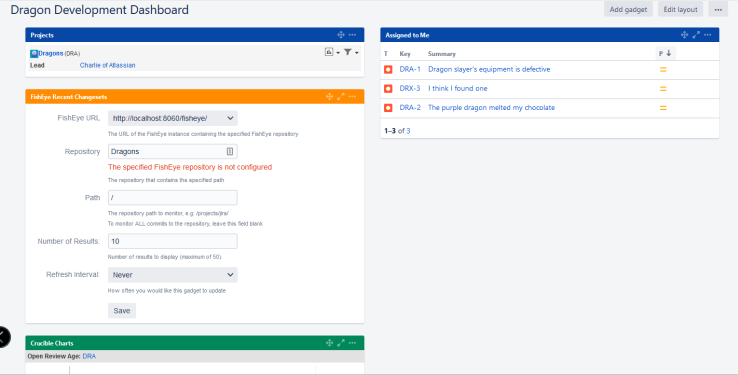Well, I’ve finished the revamp! It took me a little longer than expected, but here we are.

Of course, you guys enjoyed last week’s article on Automation for JIRA. While I would not like it to be the sole focus of the blog, if you guys bring me good ideas for potential Automations, I would love to do more of those kinds of pieces. But that’s not why we are here today.
So in total, I reworked all nine pages, each about as long as a typical blog post. Today I’d like to go into some thoughts, tricks, and pitfalls to be aware of if you try to do it from my instructions.
Time is not on your side.
So, to be clear, the last five modules all depend on a Mercurial Repo hosted on Bitbucket Cloud. It’s something that works well in this situation – except for the following complication.
Atlassian has announced they are ending support in Bitbucket Cloud for Mercurial, with all existing Mercurial Repos disappearing on July 1st, which leaves the Dragon Slayer Challenge in a bit of a pickle.

As of right now, I intend to monitor it to see if they update their instructions with a git repository. If that does not happen, I’ll be taking down my instructions on July 1st as well. It only seems right, honestly. I would not like to be answering comments for the next few years that everything past Stage 5 isn’t working.
So if you are looking to try this yourself – do it now!
Fish eye gadgets are still…off.

So, I spent half a day debugging this – only to get nowhere. There are a few answers out there for the problem, but they are six years old. To further complicate things, my testing proved that their problem back then was not my problem today.
What problem is that? Simple, I could not get a Fisheye Gadget to return a valid Repository no matter what I tried. Every time I’d get the same, “The specified FishEye repository is not configured” – which was malarkey. The Repositories would work correctly within the JIRA Development Panel – just not the gadgets. Upping the logging on the FishEye plugin revealed nothing of usefulness in the logs either.
At a certain point, I just had to decide I wasn’t the one to fix this issue. However, if you do have a fix, please PLEASE let me know!
A few last notes
I tried to go through and click every link, touch every instruction, and redo every screenshot. But there may be parts I missed. If you notice something that isn’t working, please let me know so I can update it!
There are points where things weren’t working as described, and I had to find out why and fix it. Every time this did happen, though, I did go back to the appropriate place and update the instructions. I feel this is an improvement on the old instructions from Atlassian and is something I am happy to put out.
That being said, this is Atlassian’s work originally. If they ask that I take it down, I will do so without warning to you guys. I don’t want to bite the hand that feeds me. I honestly don’t think it will come to that, but I figured I’d give you fair warning.
So, Get on with it!
You can find the start of the journey here. If you’ve never messed with the system side of running the Atlassian Stack yourself, it’s a great place to get started.
I’ve spent a good bit of time on this update, so if you appreciate it, please give it a like and cI’ve spent a good bit of time on this update, so if you appreciate it, please give it a like or comment on LinkedIn or a retweet on Twitter. That’s all it takes to help others discover this blog! You can also subscribe to the blog using the form below to get new posts directly to your inbox. Don’t forget to follow me on Twitter at @theJIRAguy.
Also, a discussion at work got me curious. How do you spell it: Subtask or Sub-task? Answer below!
But until next time, my name is Rodney, asking “Have you updated your JIRA issues today?”

Hey Rodney! Just tried following the Dragon Slayer link in the blog post and it took me to a blank page on your blog. Not sure if I am missing something but just wanted to let you know in case.
LikeLike
Hiccup in pre-setting the menus, should be fixed now!
LikeLike